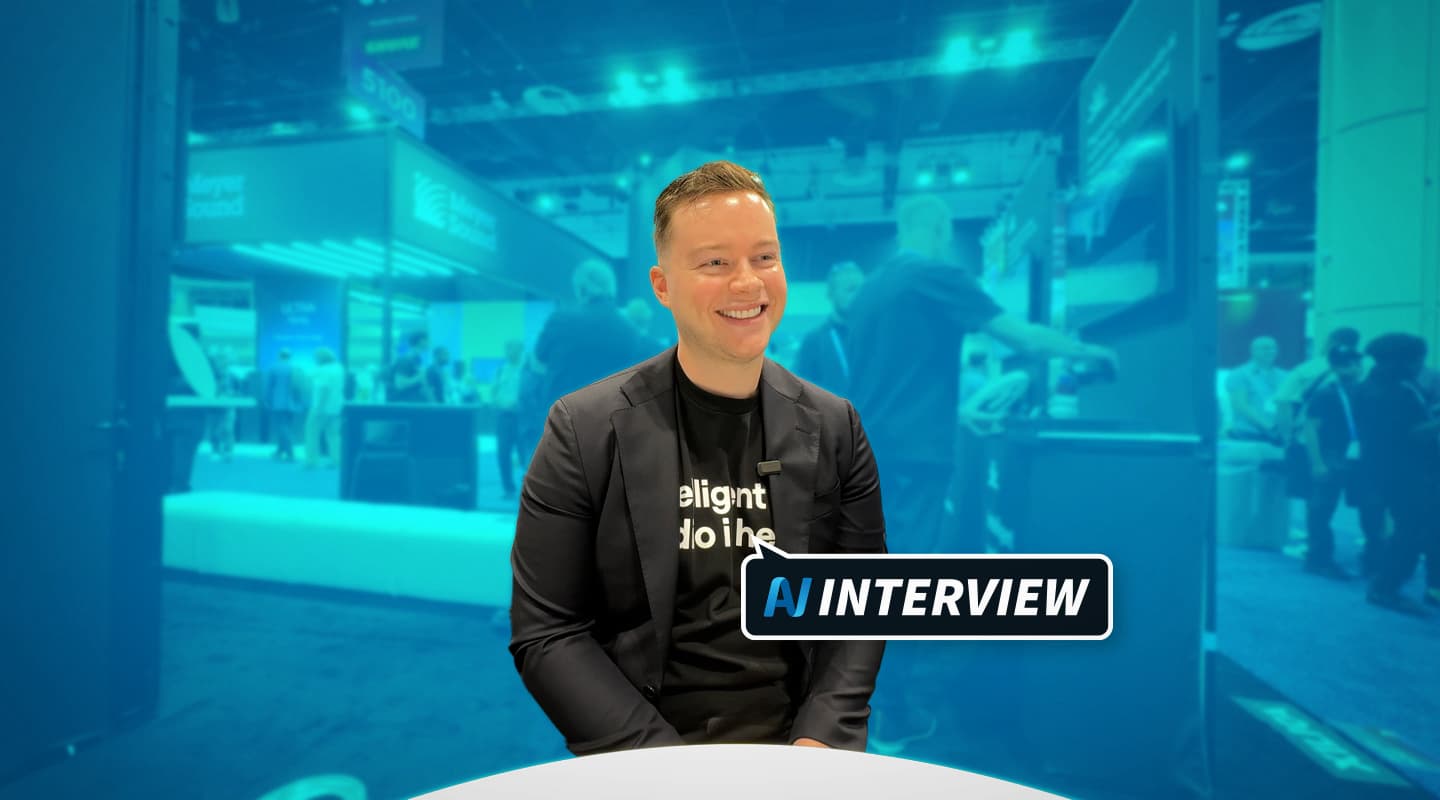
AV Interview: James Knight, Xilica
A new-look Xilica is recasting itself as an AI-driven audio specialist in an IT-centric world of corporate, education and government AV. CEO James Knight explains.
Interview:/ Christopher Holder
AV.technology: James, thanks for sitting down with us. In Australia and elsewhere there will be a certain perception of Xilica as a brand. How would you characterise Xilica’s roots?
James Knight: We’ve been around since 2002, so that’s 23 years of developing pro audio gear – typically quite technical products – for applications such as studios, restaurants, hospitality venues, even stadiums. But in the last few years, particularly since 2022, we’ve made a very deliberate shift towards corporate, education, and government markets.
AV.technology: You’re launching RoomHub here at InfoComm25. How does it fit into the plan of the new-look Xilica?
James: RoomHub is designed for those medium-to-large conferencing spaces that organisations roll out at scale. The kind that still require high-quality audio, but don’t have the time or budget for complex custom design or commissioning.
RoomHub uses AI and machine learning to strip away a lot of the pain points associated with installing and tuning audio systems. It works as a standalone edge device or can be deployed and managed centrally via our Xilica Cloud platform.
AV.technology: Other vendors make similar claims. How is RoomHub different?
James: For us, if you need to understand audio, then already it’s too complicated. That’s our philosophy. We want to make great sound available to anyone, whether or not they know anything about AV. The RoomHub embeds the intelligence in the box, so the user doesn’t have to bring any.
AV.technology: Devil’s advocate for a moment: isn’t just another DSP from another brand? What’s its ROI?
James: Well, first off, RoomHub is significantly more cost-effective than traditional systems that offer equivalent performance. But more than that, it’s not just audio DSP, it’s also an IoT hub that manages and monitors all connected devices in the room.
You can control cameras, third-party gear, and Xilica devices through it. So what used to be separate functions (audio, control, monitoring) are now consolidated. DSP is just one function embedded in a wider solution.
AV.technology: Likely, I already have a network monitoring tool. Why do I need Xilica Cloud?
James: Our system is open, so if you’re already using SolarWinds or Splunk, that’s great – it works with our open API. But Xilica Cloud also gives you granular control specific to our platform: retuning rooms using AI EQ, adjusting device functions with machine learning, and remote configuration changes.
So it’s not a replacement, it’s an enhancement. You can use what you already know, and gain access to deeper integration if you want it.
AV.technology: One final question: are you actually using AI?
James: We’re definitely using AI. There’s a lot of hype, and yes, I’ve seen ‘AI’ slapped onto product names that haven’t changed in years. But what we’re doing is real. We’re applying AI to solve real-world problems, such as eliminating the need for a skilled technician to manually EQ a room, and we’re doing it at the edge. The data doesn’t leave the device. There’s no cloud audio streaming. That means it’s secure, it works offline, and it’s future-proof.
Because our platform runs on standard hardware, we can keep improving the AI models with firmware updates. So the system you buy today is going to be better in six months, and even better in a year.
Xilica: www.xilica.com/roomhub
Amber Technology: ambertech.com.au

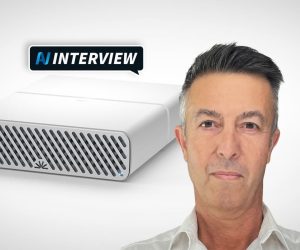
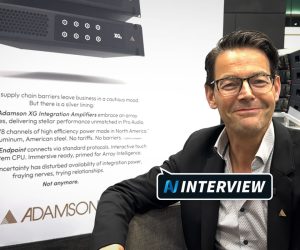

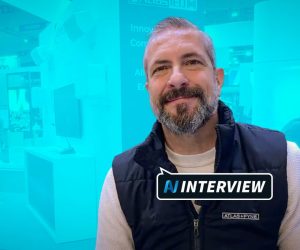
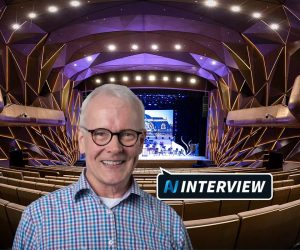



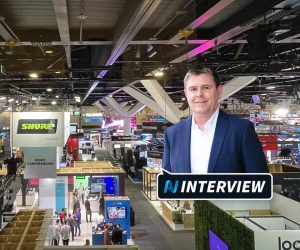
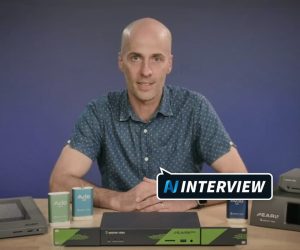
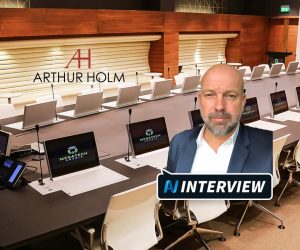
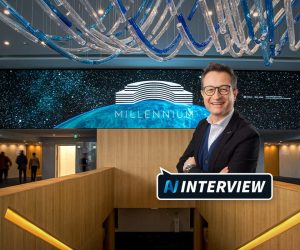

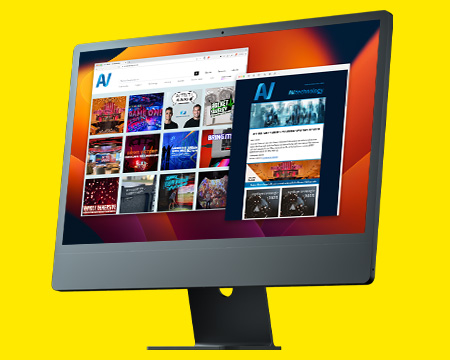
RESPONSES